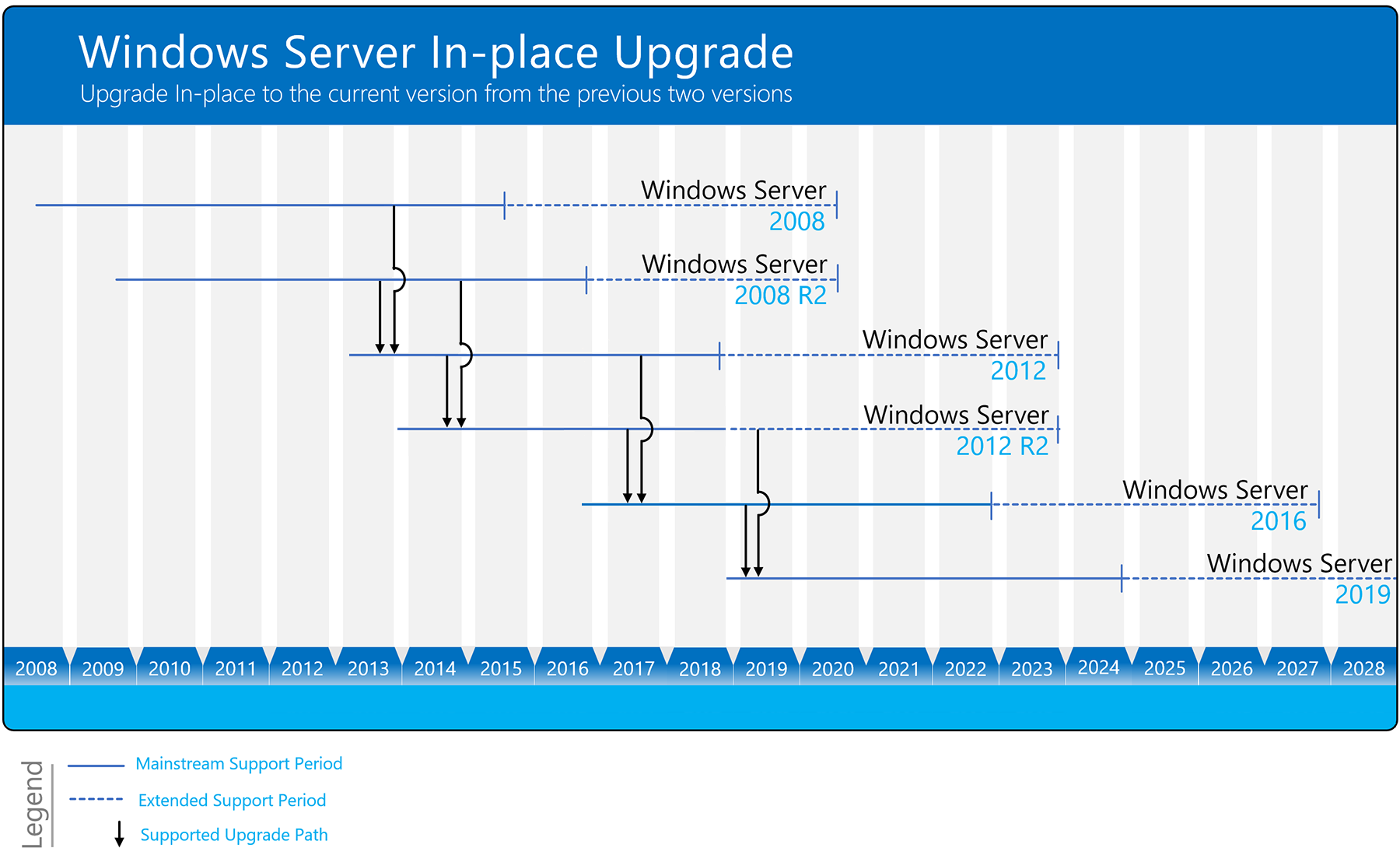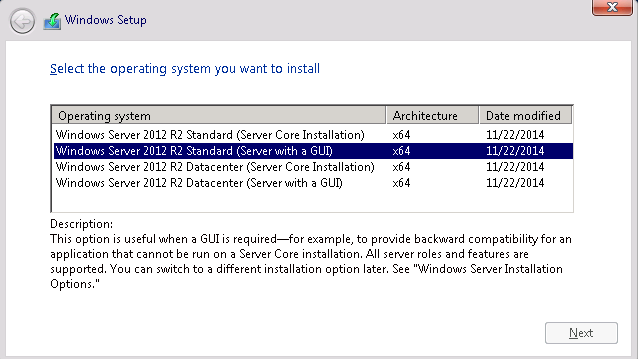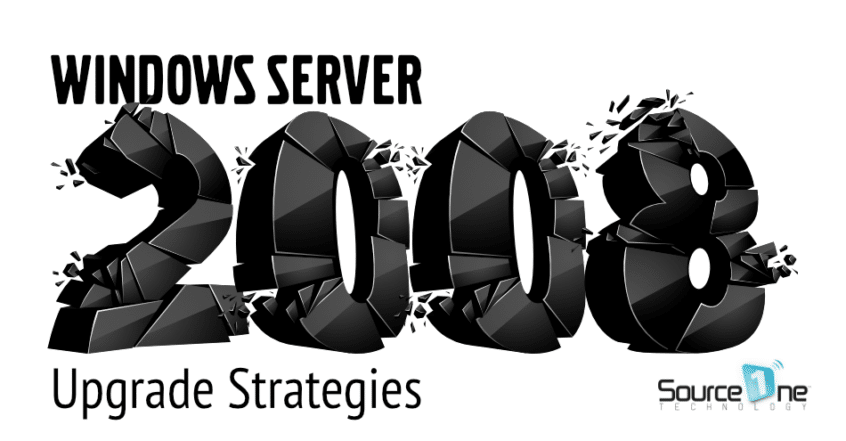The process of upgrading to a newer version of windows server can vary greatly depending on which operating system you are starting with and the pathway you take.
Windows storage server 2008 upgrade path.
Cluster os rolling upgrade.
Overview of windows server upgrades.
Microsoft published a detailed guide on using the in place upgrade route to upgrade devices running windows server 2008 r2.
An in place upgrade allows you to go from an older operating system to a newer one.
Instead upgrade first to windows server 2012 r2 and then upgrade to windows server 2016.
For step by step guidance on upgrading review the windows server upgrade content.
Also provides upgrade considerations for server core installations of windows server 2008.
The path may not be the most appropriate for some uses cases as it involves several upgrades and not just a single server 2008 r2 to server 2019 upgrade.
Customer will need to upgrade their windows server 2008 and windows server 2008 r2 to a newer version of windows server or migrate these servers to microsoft azure and get three years of extended security support for free which will give you more time to upgrade your servers redeploy your.
2 minutes to read.
3 minutes to read.
Describes the supported paths for upgrading from windows server 2003 to windows server 2008.
You can migrate your on premises windows server 2008 and windows server 2008 r2 servers to azure where you can continue to run them on virtual machines.
As you know the windows server 2008 and windows server 2008 r2 are out of support on january 14th 2020.
See upgrade paths for windows server 2008 for more information about your on premises upgrade options.
For on premises servers there is no direct upgrade path from windows server 2008 r2 to windows server 2016 or later.
As you are planning your upgrade be aware of the following guidelines for the middle step of upgrading to windows server 2012 r2.
Cluster os rolling upgrade enables an administrator to upgrade the operating system of the cluster nodes from windows server 2012 r2 and windows server 2016 without stopping the hyper v or the scale out file server workloads.
Notes unless otherwise specified all skus that are included in this article are x86 and x64 versions.
Upgrade windows server 2008 r2 to windows server 2012 r2.










